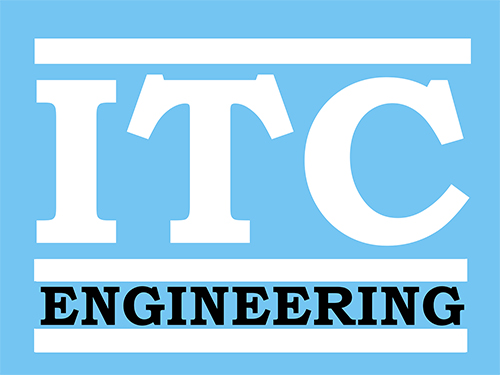Mastering EMI/EMC Testing: Best Practices for Success
Electromagnetic Compatibility (EMC) and Electromagnetic Interference (EMI) testing are critical steps in the development of electronic products. These tests ensure that devices operate reliably without causing or succumbing to electromagnetic interference. To achieve EMC compliance efficiently and cost-effectively, engineers and technicians must follow best practices throughout the testing process. In this comprehensive guide, we’ll explore these best practices, offering insights and practical tips for every stage of EMI/EMC testing.
Understanding EMI/EMC Regulations
Know the Regulatory Landscape: The foundation of any successful EMI/EMC testing process begins with a deep understanding of the relevant regulations and standards. Familiarize yourself with local and international requirements, such as the FCC (Federal Communications Commission) standards in the United States, and CE (Conformité Européene) directives in Europe. These regulations stipulate permissible emission levels and immunity criteria.
Stay Updated: EMI/EMC regulations evolve over time. Ensure you are up to date with the latest revisions and amendments. Regulatory agencies frequently release updates to keep pace with technology advancements and emerging interference concerns.
Selecting Appropriate Test Equipment
Choose the Right Test Environment: Selecting the appropriate test environment is crucial. Anechoic chambers or open-area test sites (OATS) are common for radiated emissions and immunity testing. For conducted emissions, use Line Impedance Stabilization Networks (LISNs) and spectrum analyzers. Ensure that your test equipment is properly calibrated and maintained.
Invest in Quality Equipment: High-quality test equipment is worth the investment. It can provide more accurate results and streamline the testing process. Consider factors such as frequency range, resolution, and sensitivity when selecting equipment.
Designing for EMI/EMC Compliance
EMC by Design: Implement EMC considerations from the early design stages. Proper PCB layout, grounding techniques, and shielding strategies can significantly reduce the need for costly design changes later in the development process.
Use EMC Simulation Tools: Utilize electromagnetic simulation software to model and analyze your designs. These tools can help identify potential EMI issues and allow you to make design adjustments before physical testing, saving time and resources.
Conducting Pre-Compliance Testing
Start Early: Begin with pre-compliance testing to identify and address issues before formal testing. Pre-compliance testing is often performed in-house and provides a preliminary indication of a product’s EMC performance.
Create a Test Plan: Develop a comprehensive test plan that outlines the testing procedures, test frequencies, and expected outcomes. This plan serves as a roadmap, ensuring that testing is consistent and thorough.
Common Challenges and Troubleshooting Strategies
Interference Identification: When unexpected issues arise during testing, systematically identify the source of interference. Is it emanating from your device, neighboring equipment, or the testing environment? Use near-field probes and spectrum analyzers to pinpoint the source.
Grounding and Bonding Issues: Inadequate grounding or bonding can lead to EMI problems. Ensure that your test setup and device under test have proper grounding connections to minimize ground loops.
Shielding Problems: If shielding is insufficient, electromagnetic radiation can escape and interfere with other devices. Check for proper shielding and enclosure integrity, and consider using ferrite beads or other passive components to mitigate EMI.
External Factors: External factors such as power fluctuations, nearby transmitters, or RF noise can affect test results. Conduct tests under controlled conditions, and use appropriate filtering and isolation techniques to minimize external influences.
Documentation and Reporting
Comprehensive Reporting: Maintain detailed records of all testing activities, including equipment used, test setup diagrams, and test results. Clear and thorough documentation simplifies the process of demonstrating compliance to regulatory authorities.
Continuous Improvement: After testing is complete, perform a post-test analysis to identify areas for improvement in the design or testing process. Use this feedback to enhance your future EMC testing efforts.EMI/EMC testing is a critical aspect of product development, ensuring that electronic devices operate harmoniously in the electromagnetic spectrum. By understanding regulations, selecting the right equipment, designing for compliance, and conducting pre-compliance testing, engineers and technicians can navigate the testing process effectively. Furthermore, by addressing common challenges and maintaining meticulous documentation, they can troubleshoot issues and ensure their products meet the highest standards of EMC compliance. Incorporating these best practices into your EMI/EMC testing process will lead to more efficient testing, reduced development costs, and ultimately, more reliable and marketable products.
